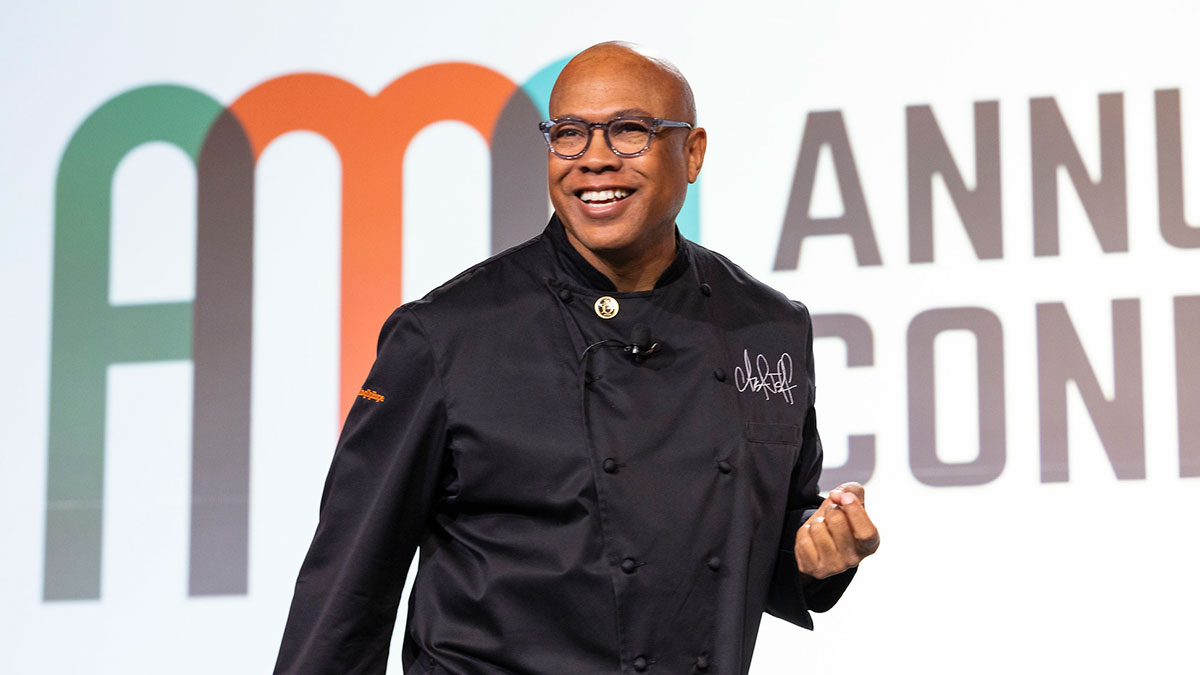By: Sue Wilkinson, Senior Director, Information Service & Research, Food Marketing Institute

Over the last decade, the grocery retail industry has operated on a one-percent net profit margin. Our survey outlines strategic methods industry insiders can implement immediately and long term to increase net profits.
A new FMI survey among grocery, retailing, and wholesaling companies explores their operation costs, customer retention strategies, and e-commerce initiatives. The analysis conducted by 210 Analytics and made possible by BMO Harris Bank, FMI’s Financial and Strategic Initiatives in Food Retailing Study 2016, finds that the cornerstone in food retail is shopper loyalty and trust with an average of 90 percent of total sales reported from customer loyalty programs. Store and product innovation tops the list of things grocery stores intend to focus on in 2016. The FMI survey reveals 65 percent of companies chose innovation as an area driving top line growth. Rounding out their top three points of focus are pricing and promotion strategies, as well as new merchandising strategies. “Our biggest challenge is staying ahead of the ever-changing product trends, particularly in center store, and driving private label sales penetration,” says one of the CFOs surveyed.
When it comes to driving expense control, store expenses and perishable shrink are listed as top candidates for areas to change in 2016. The expense on supplies, maintenance, and perishable shrink margins are areas of utmost concern. Specifically, perishable shrink which can reach an astonishing 16 percent between both the bakery and prepared foods.
 A trend warranting a red flag warning is the decline in food shopping trips by millennials as compared to the average consumer. FMI’s survey suggests effective strategies for improving foot traffic are fuel reward programs and incorporating prepared foods into their stores. Health clinics appear to underperform when it comes to increasing shopping trips.
A trend warranting a red flag warning is the decline in food shopping trips by millennials as compared to the average consumer. FMI’s survey suggests effective strategies for improving foot traffic are fuel reward programs and incorporating prepared foods into their stores. Health clinics appear to underperform when it comes to increasing shopping trips.
While not an immediate concern, keeping up with technology trends could prove to be crucial to business success in the future. Survey data illustrates that 59 percent of respondents are predicting an increase of investment into an omnichannel strategy.
The grocery frontier is changing from strictly brick and mortar to online and as the survey shows, more stores are offering online sales than not. Respondents report an average of only 2.2 percent of their total sales through online ordering systems in 2015. That’s up 47 percent from where e-commerce sales were in 2012, according to e-commerce facilitator MyWebGrocer. Looking forward, this e-commerce data maps an upward trend in revenue that warrants investment over the long-term.

 Industry Topics address your specific area of expertise with resources, reports, events and more.
Industry Topics address your specific area of expertise with resources, reports, events and more.
 Our Research covers consumer behavior and retail operation benchmarks so you can make informed business decisions.
Our Research covers consumer behavior and retail operation benchmarks so you can make informed business decisions.
 Events and Education including online and in-person help you advance your food retail career.
Events and Education including online and in-person help you advance your food retail career.
 Food Safety training, resources and guidance that help you create a company food safety culture.
Food Safety training, resources and guidance that help you create a company food safety culture.
 Government Affairs work — federal and state — on the latest food industry policy, regulatory and legislative issues.
Government Affairs work — federal and state — on the latest food industry policy, regulatory and legislative issues.
 Get Involved. From industry awards to newsletters and committees, these resources help you take advantage of your membership.
Get Involved. From industry awards to newsletters and committees, these resources help you take advantage of your membership.
 Best practices, guidance documents, infographics, signage and more for the food industry on the COVID-19 pandemic.
Best practices, guidance documents, infographics, signage and more for the food industry on the COVID-19 pandemic.
